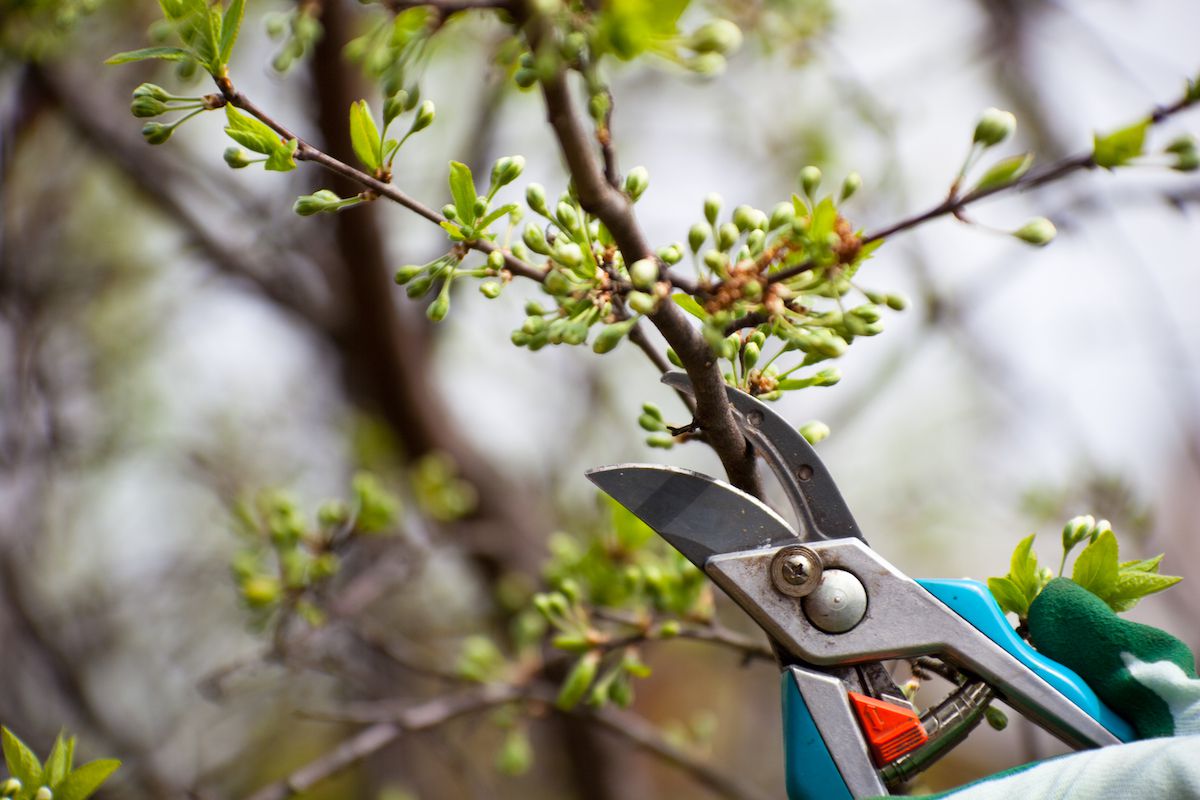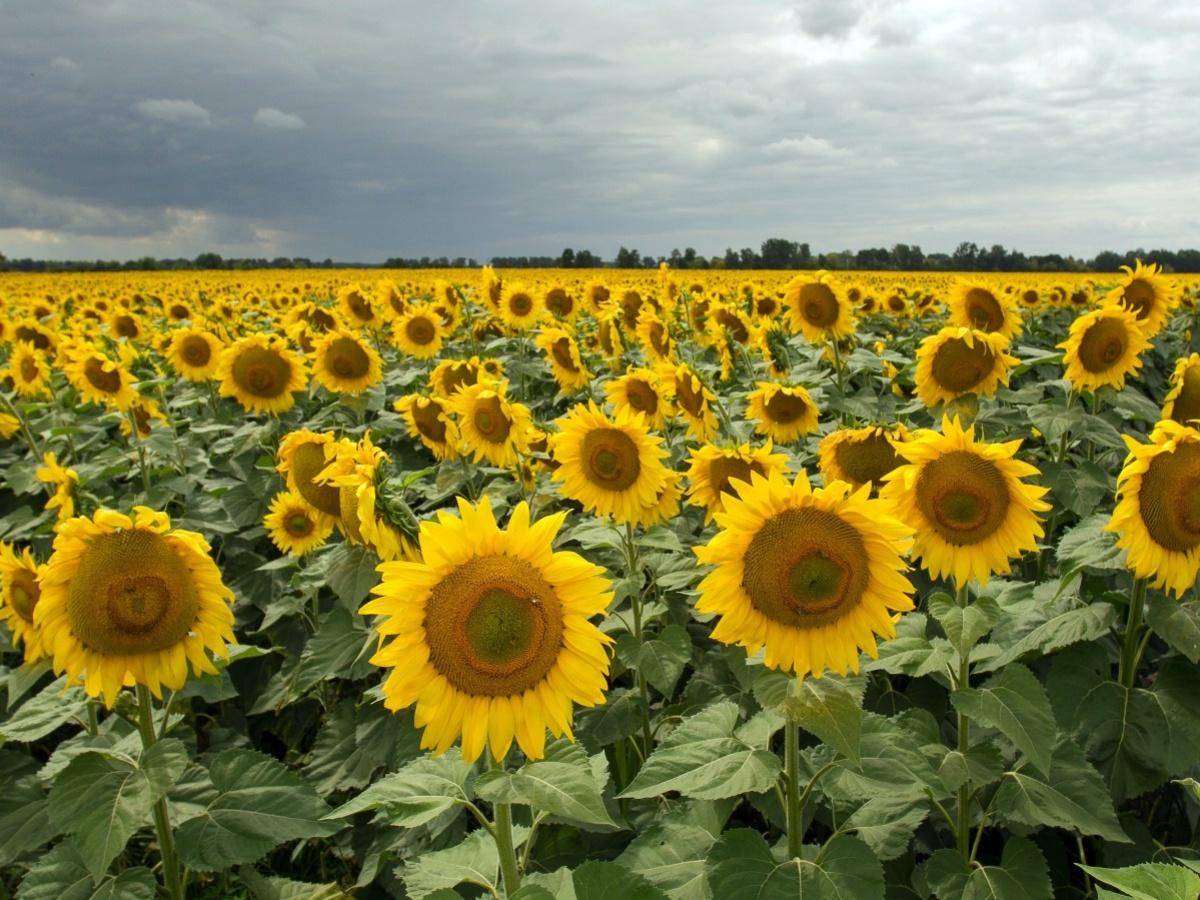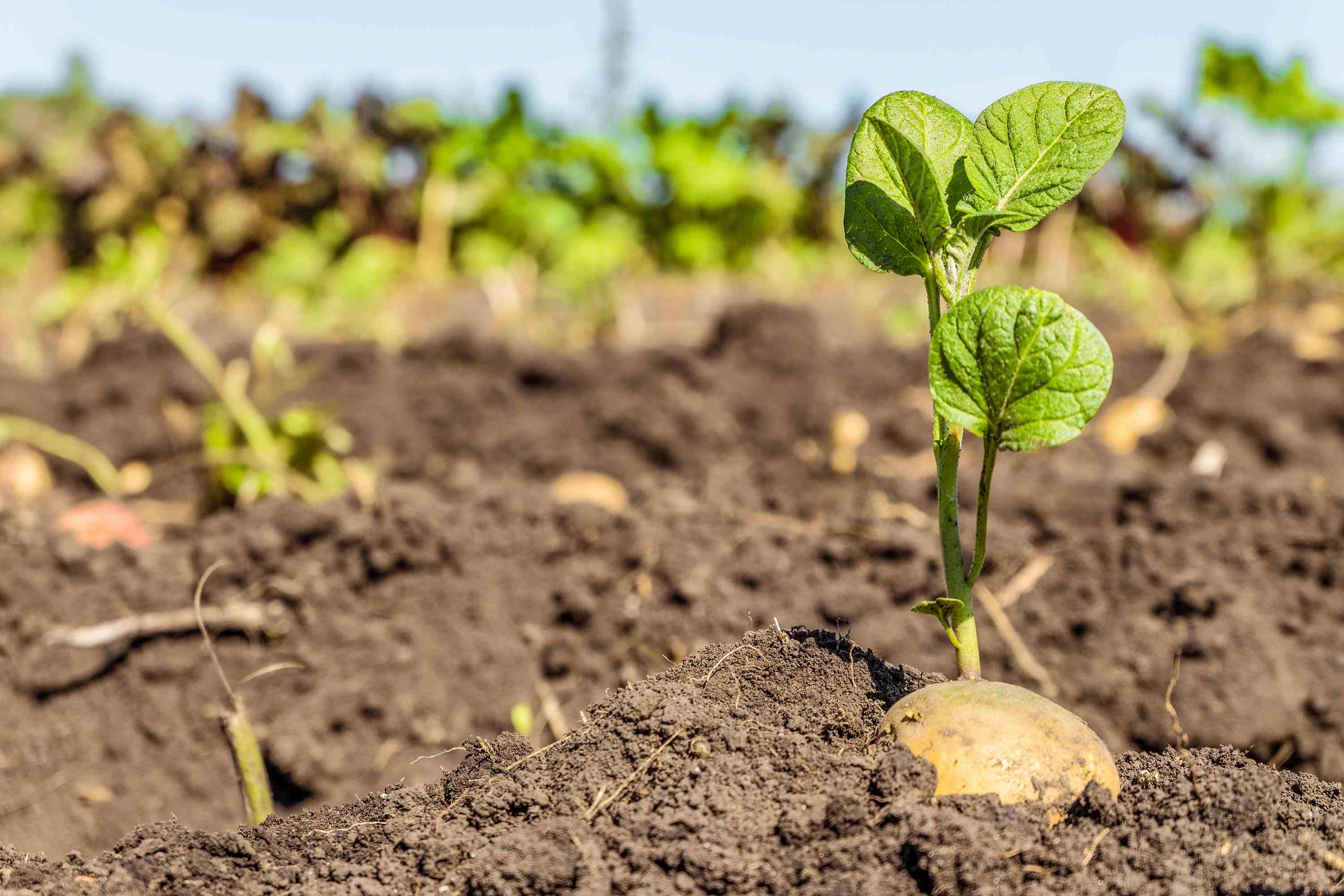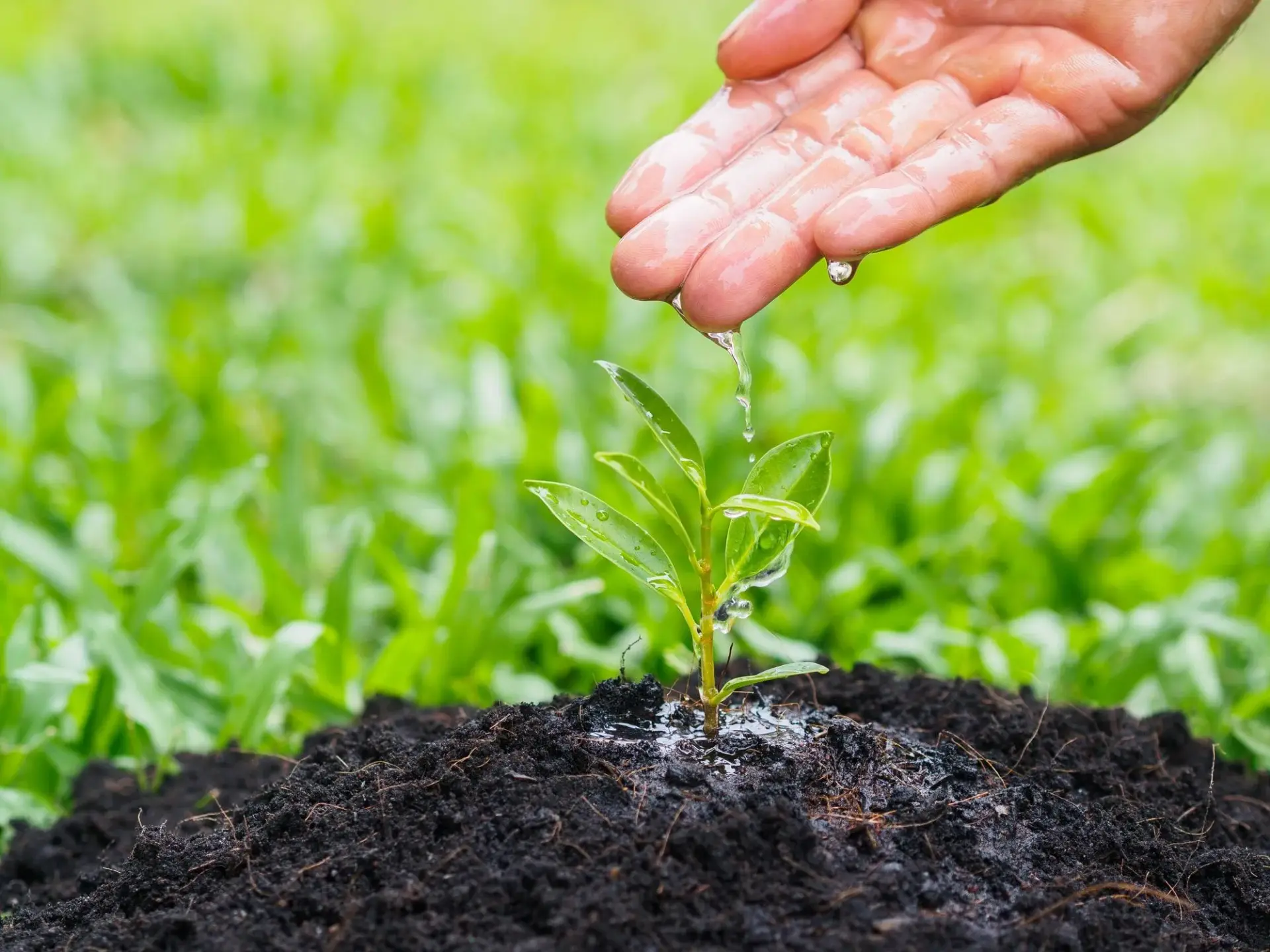Home>Types of Gardening>Ornamental Gardening>What To Do With Hyacinth Bulbs After Flowering In Water


Ornamental Gardening
What To Do With Hyacinth Bulbs After Flowering In Water
Published: January 20, 2024
Discover what to do with hyacinth bulbs after flowering in water in this informative guide. Learn valuable tips for ornamental gardening.
(Many of the links in this article redirect to a specific reviewed product. Your purchase of these products through affiliate links helps to generate commission for Chicagolandgardening.com, at no extra cost. Learn more)
Table of Contents
Introduction
Welcome to the world of ornamental gardening! If you’re a fan of beautiful, fragrant flowers, then you’re in for a treat. One flower in particular that adds a touch of elegance to any garden or indoor space is the hyacinth. Known for its vibrant colors and intoxicating scent, the hyacinth is often grown from bulbs and is a popular choice among gardening enthusiasts.
In this article, we will explore the ins and outs of hyacinth bulbs, with a specific focus on what to do with them after they have finished flowering in water. Whether you’ve recently enjoyed the beauty of flowering hyacinth bulbs in a vase or are curious about how to care for your hyacinth bulbs as they transition from water to soil, we’ve got you covered.
Understanding the lifecycle and needs of hyacinth bulbs is essential for ensuring their longevity and continued blooms. We’ll delve into the watering requirements for hyacinth bulbs, as well as discuss the stunning display of flowers that can be achieved when growing them in water. After enjoying their beautiful blooms, it’s important to know how to properly care for hyacinth bulbs to ensure their survival for years to come. We’ll guide you through the process of storing the bulbs and offer tips on how to successfully replant them in your garden or container.
So, whether you’re new to ornamental gardening or a seasoned pro, let’s delve into the world of hyacinth bulbs and discover how to make the most of these captivating plants. Get ready to unleash the beauty and fragrance of hyacinths in your garden or indoor space, and let’s embark on this gardening journey together!
Understanding Hyacinth Bulbs
Before we dive into the post-flowering care of hyacinth bulbs, it’s important to have a good grasp of what these bulbs are and how they function. Hyacinth bulbs are actually specialized underground storage structures that house the plant’s energy and nutrients. They are formed during the growing season and play a vital role in the plant’s survival.
Hyacinth bulbs are typically round or oval-shaped and vary in size depending on the variety. They are composed of layers known as scales, which store important reserves such as carbohydrates and proteins. These reserves give the bulb the energy it needs to produce flowers and leaves.
During the spring season, hyacinth bulbs sprout roots and shoots, which eventually develop into the beautiful flower spikes we adore. Once the flowers have bloomed and completed their life cycle, the bulbs enter a resting phase. This is an important time for the bulbs to rejuvenate and store energy for future growth and flowering.
It’s worth noting that hyacinth bulbs can be grown both in the ground and in containers. When growing them in containers, it’s important to choose a well-draining soil mix to prevent waterlogging, as excessive moisture can cause the bulb to rot.
Now that we have a basic understanding of what hyacinth bulbs are, let’s move on to the next section where we’ll discuss the watering requirements for these bulbs to ensure optimal growth and flowering.
Watering Hyacinth Bulbs
Proper watering is key to the successful growth and flowering of hyacinth bulbs. These bulbs require a balance of moisture to thrive, but overwatering can be detrimental to their health. Understanding the watering needs of hyacinth bulbs is essential for maintaining their vibrant blooms.
When hyacinth bulbs are planted in the ground, it’s important to water them thoroughly at the time of planting. This helps to settle the soil around the bulbs and promotes root establishment. After this initial watering, it’s best to let the soil dry out slightly before watering again. Hyacinth bulbs prefer well-drained soil and do not tolerate soggy conditions. Regular, deep watering once a week is usually sufficient, but adjustments may need to be made based on weather conditions and the moisture retention of the soil.
For those growing hyacinth bulbs in containers, it’s important to ensure proper drainage. The containers should have drainage holes to allow excess water to escape. Overwatering can lead to root rot and the bulbs may not survive. It’s important to water the bulbs thoroughly but allow the soil to dry out slightly between waterings. Avoid letting the containers sit in standing water as this can promote the growth of harmful fungi and bacteria.
Once hyacinth bulbs have finished flowering in water, the watering regime changes slightly. After enjoying the beautiful blooms, you can gradually reduce the amount of water given to the bulbs. This gradual reduction mimics the natural conditions the bulbs would experience in the wild, where they would gradually dry out as the season progresses.
Now that we understand the proper watering techniques for hyacinth bulbs, let’s move on to the exciting topic of flowering hyacinth bulbs in water. Discover the beauty and magic of this unique way of showcasing these delightful blooms.
Flowering of Hyacinth Bulbs in Water
One of the unique and captivating ways to enjoy the beauty of hyacinth bulbs is by forcing them to bloom indoors in water. This process involves providing the bulbs the necessary conditions to encourage them to bloom out of season. Flowering hyacinth bulbs in water allows us to admire their colorful blossoms and intoxicating fragrance even during the colder months.
To begin the process, you’ll need hyacinth bulbs specifically labeled for forcing. These bulbs have been specially treated to encourage early blooming. Fill a glass vase or container with water, ensuring that the bottom of the bulbs is just above the water level. Place the bulbs in a cool, dark location, such as a basement or refrigerator, for a period of about 8 to 12 weeks. This chilling period simulates the winter dormancy that helps trigger the blooming process.
After the chilling period, you’ll start seeing roots sprouting from the bulb’s base. At this stage, move the bulbs to a well-lit area away from direct sunlight. The warmth and light will stimulate the growth of leaves and flower spikes. Within a few weeks, you’ll be rewarded with stunning blooms in various shades such as pink, purple, white, and blue.
It’s important to monitor the water level in the vase and maintain it at a constant level without letting the bulbs sit directly in the water. Excess water can cause the bulbs to rot, so it’s crucial to provide just the right amount for the roots to absorb.
Flowering hyacinth bulbs in water not only adds beauty to your indoor space but also provides a delightful fragrance that fills the room. It’s a wonderful way to enjoy the joy of gardening even when the weather outside is less than favorable.
Now that we’ve explored the enchanting world of flowering hyacinth bulbs in water, it’s time to address the important steps to take after the blossoms have faded. Proper care and attention will ensure the longevity of the bulbs and the possibility of future blooms. Let’s discover what to do with hyacinth bulbs after flowering in water.
What to Do After Flowering
After enjoying the stunning display of flowers from your hyacinth bulbs in water, it’s important to provide them with proper care to ensure their future growth and blooming potential. Here are the essential steps to take after the hyacinth blossoms have faded:
- Remove the flowers: Once the flowers have wilted and faded, carefully remove them from the bulbs. This prevents the plant from expending unnecessary energy on seed production and encourages it to focus on storing nutrients for future growth.
- Continue watering: While the flowers have faded, it’s important to continue watering the bulbs. The water should be maintained at the same level as during the flowering stage. This allows the bulbs to continue replenishing their nutrient reserves.
- Provide indirect sunlight: After flowering, move the hyacinth bulbs to a well-lit area where they will receive indirect sunlight. This will support the growth of healthy green foliage, which is essential for the bulbs to photosynthesize and generate energy.
- Feed the bulbs: To ensure the bulbs are adequately nourished, you can apply a balanced liquid fertilizer every two weeks. This provides additional nutrients to support the bulbs’ growth and development.
- Allow the foliage to dry naturally: As the foliage gradually yellows and withers, it’s important to resist the temptation to prematurely remove it. The dying foliage helps to transfer nutrients back to the bulbs for future growth. Once the foliage has completely dried up, it can be gently removed.
- Prepare for storage: After the foliage has dried and been removed, the bulbs are ready for storage. It’s important to store them in a cool, dry, and dark place where they won’t be exposed to extreme temperatures or humidity.
By following these steps, you can ensure that your hyacinth bulbs receive the care they need to thrive and produce beautiful blooms in the future. Storing the bulbs properly is essential for their survival during the dormant period, ensuring that they are ready to be replanted when the time is right.
Now, let’s move on to the next section where we’ll explore the proper techniques for storing hyacinth bulbs to maintain their vitality during the dormant phase.
Storing Hyacinth Bulbs
Properly storing hyacinth bulbs during their dormant phase is crucial to their survival and future blooming. Follow these steps to ensure the bulbs remain healthy during storage:
- Clean and dry the bulbs: After the foliage has dried and been removed, gently brush off any excess soil from the bulbs. Ensure they are completely dry before storing them, as moisture can lead to rot.
- Inspect for damage or disease: Before storing, carefully inspect the bulbs for any signs of damage or disease. Discard any bulbs that appear rotting, moldy, or severely damaged.
- Choose a suitable storage container: Select a container that allows for good air circulation and provides enough space to store the bulbs without overcrowding. Perforated plastic bags or breathable mesh bags are ideal for storing hyacinth bulbs.
- Add a dry, cool, and dark environment: Store the bulbs in a location that is cool, dry, and dark, such as a basement or garage. Avoid areas that are prone to extreme temperature fluctuations or areas with high humidity.
- Ensure proper air circulation: Good air circulation is important to prevent the bulbs from rotting. Avoid sealing the container too tightly or storing them in a plastic bag without ventilation.
- Check periodically: Periodically check on the bulbs during storage to ensure they remain dry and free from rot or disease. If any bulbs show signs of damage or deterioration, remove them to prevent the spread of issues to the other bulbs.
By properly storing hyacinth bulbs, you give them the best chance of survival and future blooms. When the time comes to replant them, the stored bulbs will be healthy and ready for their next growing season.
Now that we’ve covered the crucial steps for storing hyacinth bulbs, let’s move on to the exciting process of replanting these bulbs and witnessing their spectacular blooms once again.
Replanting Hyacinth Bulbs
Replanting hyacinth bulbs is a thrilling moment as it signifies the beginning of a new growing season and the anticipation of beautiful blooms. Here’s a step-by-step guide on how to replant hyacinth bulbs:
- Select the right location: Choose a well-drained area in your garden or prepare containers with drainage holes. Hyacinth bulbs prefer full sun to partial shade.
- Prepare the soil: Ensure the soil is loose, well-drained, and rich in organic matter. Amend the soil with compost or well-aged manure to improve fertility and drainage.
- Planting depth: Dig a hole that is about 4-6 inches deep. The depth should be roughly three times the height of the bulb. Place the bulb in the hole with the pointed end facing upwards. Space them around 4-6 inches apart to allow for proper growth.
- Backfill and firm the soil: Gently backfill the hole with soil, ensuring the bulb is covered with about an inch or two of soil. Firmly press the soil around the bulb to eliminate air pockets.
- Water thoroughly: After planting, water the bulbs thoroughly to settle the soil. This encourages root development and ensures the bulbs have adequate moisture to start their growth.
- Mulch the area: Apply a layer of organic mulch, such as wood chips or straw, around the planted bulbs. This helps regulate soil moisture, suppresses weed growth, and insulates the bulbs during extreme temperatures.
- Provide ongoing care: Water the bulbs regularly, ensuring the soil remains consistently moist but not waterlogged. Fertilize with a balanced fertilizer in early spring before the foliage emerges. Remove any weeds that may compete with the bulbs for nutrients.
- Enjoy the blooming: With proper care, your hyacinth bulbs will reward you with vibrant and fragrant blooms. Sit back, relax, and enjoy the beauty and fragrance of these stunning flowers in your garden or containers!
Remember to leave the foliage intact after the flowers have finished blooming. The foliage will continue to photosynthesize and provide energy for the bulbs to store, ensuring a successful bloom next year.
Now that you have the knowledge and steps to replant hyacinth bulbs, it’s time to get your hands dirty and enjoy the process of growing these delightful flowers once again.
Conclusion
Hyacinth bulbs bring beauty, vibrancy, and a delightful fragrance to any garden or indoor space. Understanding how to care for hyacinth bulbs after they have finished flowering in water is essential for their long-term health and future blooms. From watering techniques to the storage and replanting process, every step demonstrates the commitment required to maintain these stunning flowers.
By watering hyacinth bulbs appropriately, you provide them with the moisture they need without risking root rot or other issues. The process of flowering hyacinth bulbs in water allows us to enjoy their blossoms even during the colder months, bringing a touch of nature indoors. While the flowers may fade, proper care after blooming ensures the bulbs’ vitality for future growth.
Storing hyacinth bulbs correctly during their dormant phase keeps them healthy and ready for replanting. Selecting a suitable storage container, ensuring proper air circulation, and checking for any signs of damage are essential steps to maintain the bulbs’ longevity.
The process of replanting hyacinth bulbs is an exciting moment that promises the beauty of blooms once again. By selecting the right location, preparing the soil, and providing ongoing care, you set the stage for a successful growing season.
So, whether you’re a seasoned gardener or a curious beginner, by following these guidelines, you can enjoy the beauty and fragrance of hyacinth bulbs year after year. Witness the transformation from bulbs to stunning blooms and create a vibrant and fragrant garden or indoor display.
Now that you have the knowledge and understanding of what to do with hyacinth bulbs after flowering in water, it’s time to embark on your gardening journey. Enjoy the beauty and satisfaction that comes from nurturing these captivating flowers, and let the allure of hyacinth bulbs enhance your ornamental gardening experience.






